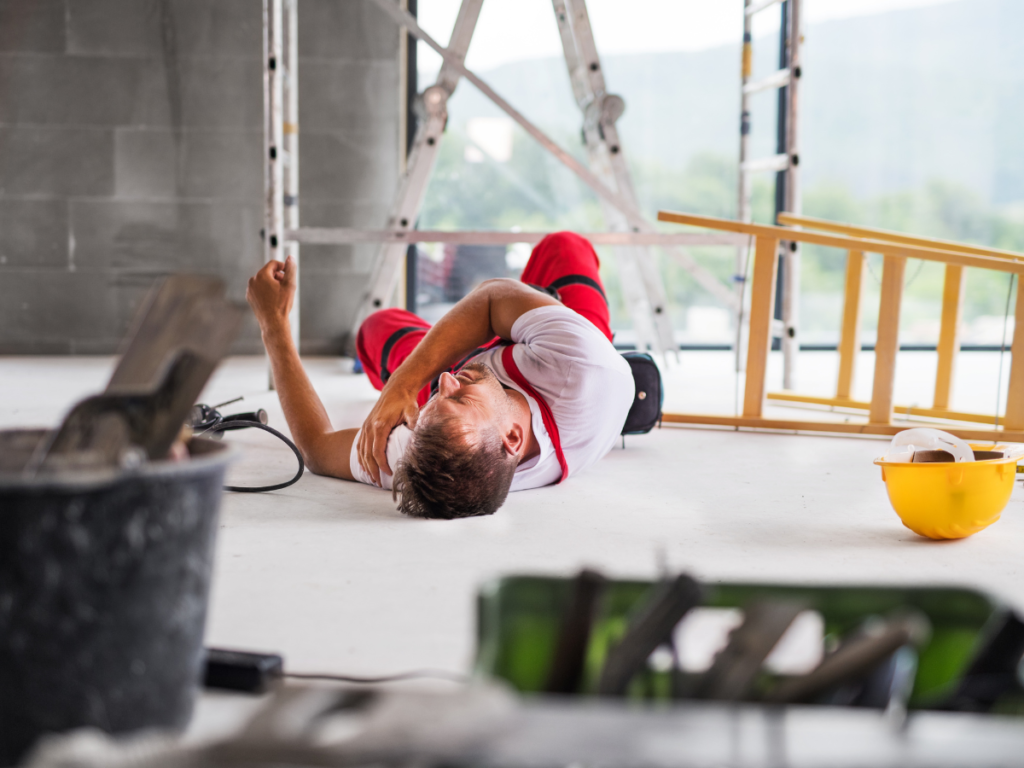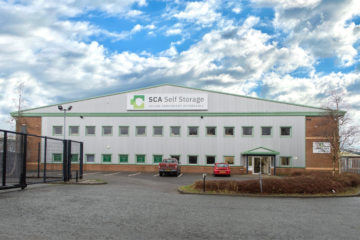Construction sites are inherently hazardous, and one of the most significant dangers workers face is the risk of falling from heights. Falls account for a large percentage of construction-related injuries and fatalities, often resulting in severe, life-changing consequences for workers and their families. Understanding the most common causes of falls from heights can help construction companies and workers implement better safety measures to reduce these incidents.
Falls from heights are preventable with the right training, equipment, and awareness. However, when safety protocols are not followed or when equipment fails, the results can be devastating. For workers injured in falls, seeking legal support from a knowledgeable De La Garza Law workplace injury attorney can help them pursue compensation and hold responsible parties accountable. Below are the most common causes of falls from heights in construction.
Lack of Proper Fall Protection
One of the leading causes of falls in construction is the failure to provide or use proper fall protection. OSHA (Occupational Safety and Health Administration) requires employers to provide fall protection for employees working at heights of six feet or more. Unfortunately, many construction sites fail to meet these standards, leaving workers vulnerable to falls.
Fall protection systems, such as guardrails, safety nets, and personal fall arrest systems, are essential for preventing accidents. When employers fail to provide these protective measures or when workers are not properly trained on their use, the risk of falls increases significantly. Consistent enforcement of fall protection policies is necessary to create a safer work environment.
Improper Use of Ladders and Scaffolding
Ladders and scaffolding are commonly used on construction sites, but improper use or setup of these tools can lead to serious falls. Ladders that are unstable, positioned on uneven ground, or used for tasks beyond their capacity can become dangerous. Similarly, scaffolding that is not properly erected or inspected can collapse, putting workers at risk of falling from great heights.
It’s crucial that workers are trained to use ladders and scaffolding safely and that these structures are regularly inspected for defects or hazards. Employers should also ensure that the appropriate type of ladder or scaffold is used for the specific job, as using the wrong equipment can increase the likelihood of accidents.
Slippery or Uneven Surfaces
Slippery or uneven surfaces are another common cause of falls from heights in construction. Wet or oily surfaces, especially on scaffolds or roofs, can cause workers to lose their footing and fall. Additionally, uneven or unstable surfaces can create tripping hazards, increasing the risk of falling.
Construction sites must implement protocols to keep work surfaces clean, dry, and stable. Workers should be equipped with appropriate footwear to reduce the risk of slipping, and sites should be regularly inspected to identify and address potential hazards. Regular maintenance of walkways and work areas can prevent dangerous conditions that lead to falls.
Faulty or Inadequate Personal Protective Equipment (PPE)
Even when personal protective equipment (PPE) is provided, faulty or inadequate PPE can contribute to falls from heights. If harnesses, lanyards, or anchors are defective or improperly secured, workers may not have the protection they need to prevent a fall. In some cases, employers may provide inadequate or outdated PPE that fails to meet safety standards, further increasing the risk of injury.
Ensuring that workers have access to high-quality, properly functioning PPE is critical. Regular inspections of equipment, along with proper training on its use, can help prevent falls and reduce injuries on the job site.
Inadequate Training and Supervision
A lack of proper training and supervision is a significant factor in falls from heights on construction sites. Workers who are not trained on how to use fall protection equipment, ladders, and scaffolding may not fully understand the risks involved in working at heights. Without adequate supervision, workers may engage in unsafe practices that put them at risk.
Employers are responsible for ensuring that workers receive comprehensive training on fall protection and the proper use of equipment. Additionally, supervisors should regularly monitor workers to ensure that safety protocols are being followed and to address any unsafe behavior before accidents occur.
Structural Failures and Collapses
Structural failures, such as collapsing scaffolding or roofs, are a leading cause of falls from heights in construction. Poorly constructed or maintained structures can fail without warning, sending workers plummeting from dangerous heights. Inadequate load-bearing capacity, improper installation, or deterioration over time can all contribute to structural collapses.
Regular inspections of scaffolding, roofs, and other elevated structures are necessary to identify potential weaknesses or hazards. By maintaining high safety standards and conducting routine maintenance, construction companies can reduce the risk of structural failures and the resulting falls.
Worker Fatigue and Distraction
Fatigue and distraction are often overlooked but can play a significant role in falls from heights. Construction workers often work long hours in demanding conditions, leading to physical and mental fatigue. When workers are tired or distracted, their attention to safety can lapse, making them more prone to mistakes and accidents.
Employers should ensure that workers have adequate rest breaks and that shifts are scheduled to minimize fatigue. Additionally, creating a work culture that emphasizes focus and attention to detail can help reduce distractions and improve overall site safety.
Weather-Related Hazards
Weather conditions can have a significant impact on the risk of falls from heights in construction. Rain, ice, snow, or strong winds can create hazardous conditions on elevated surfaces, making it more difficult for workers to maintain their balance. Gusts of wind, for example, can knock a worker off-balance or displace materials, leading to falls.
Employers must monitor weather conditions and halt work during particularly dangerous conditions, such as storms or icy conditions. Workers should also be trained on how to adjust their approach during less-than-ideal weather and provided with the necessary protective equipment to ensure they can safely work on slippery or unstable surfaces.
The Importance of Legal Support After a Fall
While preventing falls from heights should be the priority for construction companies, accidents do happen. When a worker is injured in a fall, the consequences can be life-altering. Medical bills, lost wages, and long-term rehabilitation may follow, and in some cases, a fall may result in permanent disability.
For workers injured in such incidents, seeking legal representation from an experienced workplace injury attorney is crucial. A skilled attorney can help injured workers understand their rights, pursue compensation, and hold negligent parties accountable for unsafe working conditions. Legal support ensures that workers receive the financial assistance they need to recover and rebuild their lives.
Stay in touch to get more news & updates on Discovertribune!




